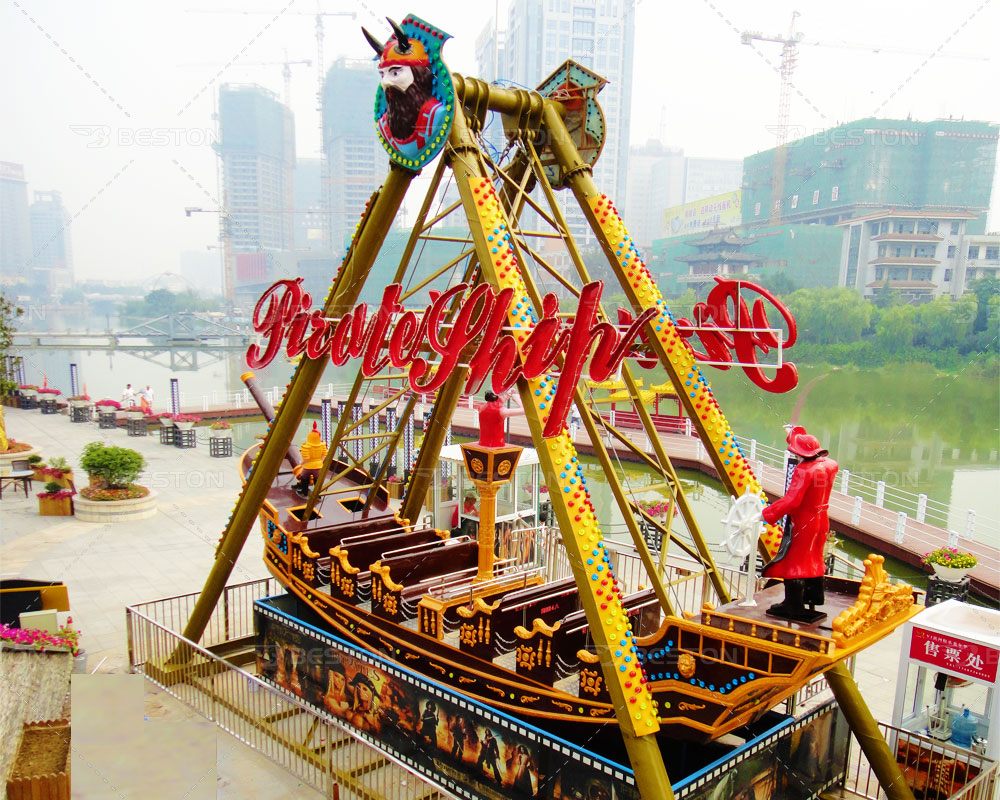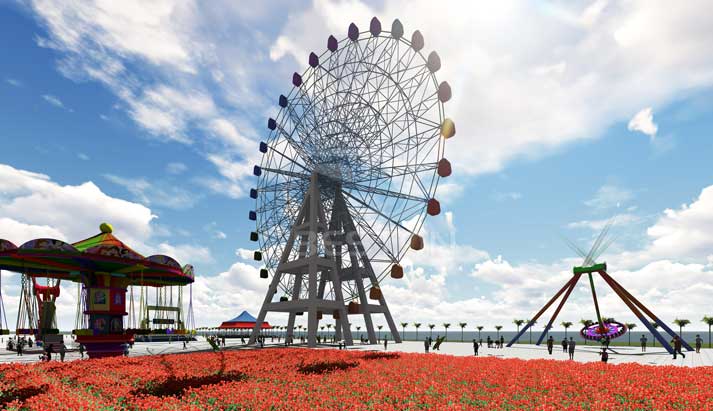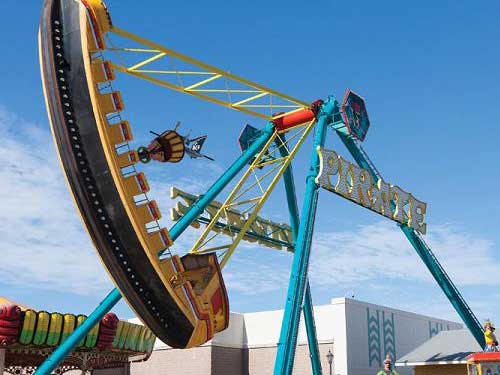In China, there are many companies that can produce pirate ship rides that are designated for amusement parks. These manufacturers have likely been creating these for many decades. As the years have progressed, they have been able to create hundreds of these for different carnivals all over the world. If you are in China, you may be able to find a local company that can help you out. However, for the rest of the world, it’s important to find the top businesses in this industry. They can then ship one of these pirate ship rides directly to your location. The following tips will make it easy to determine who the best company is and how they can help you attract more customers by installing a pirate ship ride (аттракцион корабль).
Why Many People Enjoy Pirate Ship Rides
When many people think of pirates, it is seldom a negative connotation. They are thinking of the fanciful version of pirates that have been capitalized on throughout the world. Pirates are mysterious individuals that live a carefree life, going through life via their own rules. It is this intrigue that surrounds pirates that captivates not only adults but also children. In fact, from a child’s point of view, pirates are very interesting and funny people. They have strange hats and are often looking for treasure. When a child is on a pirate ship ride at a local carnival, that is likely what they are thinking about when they are sitting on this ride (купить аттракцион для взрослых).
How To Find Companies That Produce Them
If you want to attract more customers, specifically families with small children, installing a pirate ship ride would be a great place to begin. You will be able to connect with these individuals to have been producing pirate ship rides for decades. They can send one to you that you can set up in a matter of days. Once it is in place, and word-of-mouth advertising begins, you can look forward to what could be an influx in new customers throughout the week. To find the companies that make them, you can ask someone that you know, or simply start searching for the top businesses in this industry.
Why You Should Look For Them In China
Most of the top companies that produce amusement park rides (купить аттракцион) are located in China. They are producing hundreds of large and small carnival rides on an annual basis. Some of these businesses have been shipping them to different countries worldwide for many decades. You will seek these companies in China simply because they are the best in the industry.
Adding a pirate ship ride to your carnival or amusement park will only be a beneficial decision. You will attract kids that love pirates, as well as adults that are still interested in them. Once it is set up and fully functional, people will enjoy this gondola on a pendulum that will move back and forth. However, from the perspective of a child, they get to pretend they are pirates on these newfangled pirate ship rides that are designed by experts.




